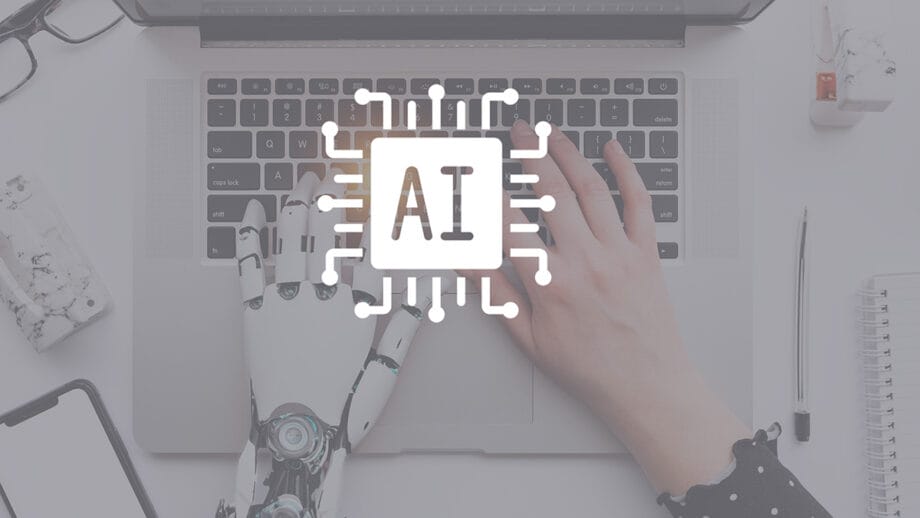OpenAI Unveils Groundbreaking GPT-5 Model
OpenAI has introduced what it heralds as its most advanced large language model to date: GPT-5. This iteration of ChatGPT promises to rejuvenate user experience, enhancing speed, utility, and accessibility. In conjunction with GPT-5, a plethora of new features has been launched for ChatGPT—including expanded customization options, an upgraded voice mode, a redesigned user interface, and more.
Yet, among these enhancements, one particular advancement stands out: the model’s revolutionary vibe coding capabilities.
Vibe coding has emerged as the contemporary jargon of the moment. This innovative approach to software development eschews traditional coding skills. Instead, users articulate their visions for software, applications, or tools in natural language, allowing the AI to execute the rest of the process autonomously.
On a broader scale, OpenAI asserts that GPT-5 significantly elevates coding performance. Although the technical community will ultimately assess its adeptness in complex programming tasks, early demonstrations, including the GPT-5 livestream event, suggest that its most exhilarating feature is its capacity to generate custom, interactive applications from straightforward, natural language instructions. For proponents of vibe coding, this marks a pivotal moment.
Whether for education, professional endeavors, or leisure, ChatGPT can now manifest fully functional applications and software within mere minutes, all courtesy of GPT-5.
Your Personal Coding Assistant: GPT-5
With the surge in AI capabilities, vibe coding is gaining traction. This term generally refers to the practice of “coding” through natural language queries. Users can request AI assistants to manage the intricacies of coding. When modifications are necessary, users can simply articulate their requirements in comprehensible language.

Although vibe coding remains in nascent stages, GPT-5 holds transformative potential. According to OpenAI, GPT-5 can be viewed as your personal coding assistant. If you cannot locate the ideal application for your specific requirements or if you possess an idea for a new website that necessitates assistance, GPT-5 is equipped to deliver.
During the GPT-5 launch event, OpenAI representatives demonstrated this remarkable feature live. One member of the team articulated the concept of a French language learning application to GPT-5, including a “Snake”-style game for pronunciation practice involving a mouse and cheese.
The request encompassed tracking progress, quizzes, and more. In a matter of minutes, GPT-5 generated hundreds of lines of code, precisely aligning with the original description.
OpenAI claims that GPT-5 excels in what they term “agentic coding.” This implies that users can request the creation of a program, allowing GPT-5 to work independently for “extended periods,” all in the background, without continuous oversight.
Testing Vibe Coding with GPT-5
To evaluate GPT-5’s vibe coding prowess, Mashable’s technology editor tasked it with producing a visualization of the Titanic’s tragic sinking using the following prompt:
Create a custom visualization depicting the sinking of the Titanic, complete with a timeline clock. Illustrate the interior of the ship, featuring waterproof compartments and leaks that contributed to the disaster. The visualization should allow for pausing and clicking to reveal information about the sequence of events.
Initially, we trialed this prompt with GPT-4, which yielded unsatisfactory results; the program required debugging, ultimately resulting in minimal and scarcely interactive visuals. In stark contrast, GPT-5 managed this assignment with alacrity. (View the outcome on ChatGPT.)
GPT-5 produced a compelling visualization that accurately represented water infiltrating each compartment of the Titanic. The application guided users through the entire timeline, allowing for pausing, acceleration, and navigation to specific moments of interest.
However, it is important to recognize that perfection is elusive. With more refined prompts, users could potentially clarify visual expectations, as certain graphics obstruct other components as the timeline evolves. Nonetheless, this indicates a substantial advancement for vibe coding.
While one should not anticipate GPT-5 to flawlessly resolve every coding challenge right out of the gate, especially post-launch, it is evident that communicating requirements in plain language poses its own challenges.
As anyone who has miscommunicated with a friend or partner can attest, conveying ideas may not always be straightforward. Users will likely need to iterate and refine any software they develop with GPT-5.
Moreover, GPT-5 may not consistently generate code devoid of bugs, as demonstrated in our experience. However, its performance is undeniably superior to that of GPT-4.
The Dawn of Natural Language as a Coding Paradigm
Even if GPT-5 is not entirely flawless, the trajectory of software creation is unmistakably evolving. Numerous voices have posited that the next significant programming language will essentially be natural language. I am beginning to firmly agree with this assertion.
In the future, the ability to code may no longer hinge on mastery of conventional programming languages; rather, it will rely on one’s ability to effectively convey ideas.
Nonetheless, further examination is warranted to ascertain the extent of improvements in GPT-5’s programming capabilities compared to its predecessors or if these advancements are merely incremental. Competing systems, such as Anthropic’s Claude, are often cited as superior in coding proficiency compared to ChatGPT.
While the benchmarks presented in the GPT-5 system card indicate that GPT-5 surpasses Claude, independent evaluations will be crucial for validation.
Disclosure: Ziff Davis, the parent company of Mashable, filed a lawsuit against OpenAI in April, claiming unauthorized use of Ziff Davis copyrights in training and operating its AI systems.
Source link: Mashable.com.






